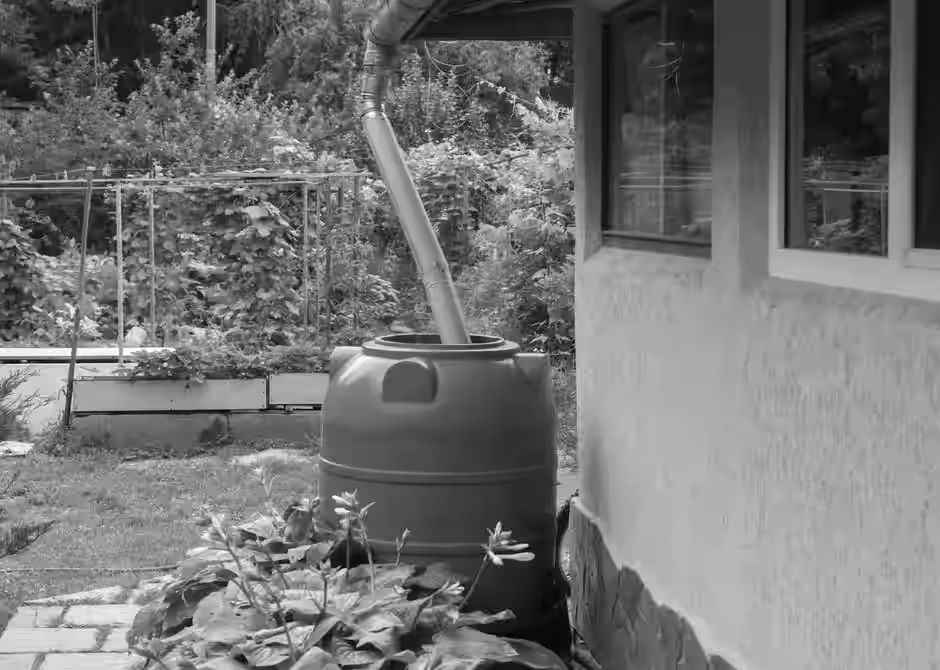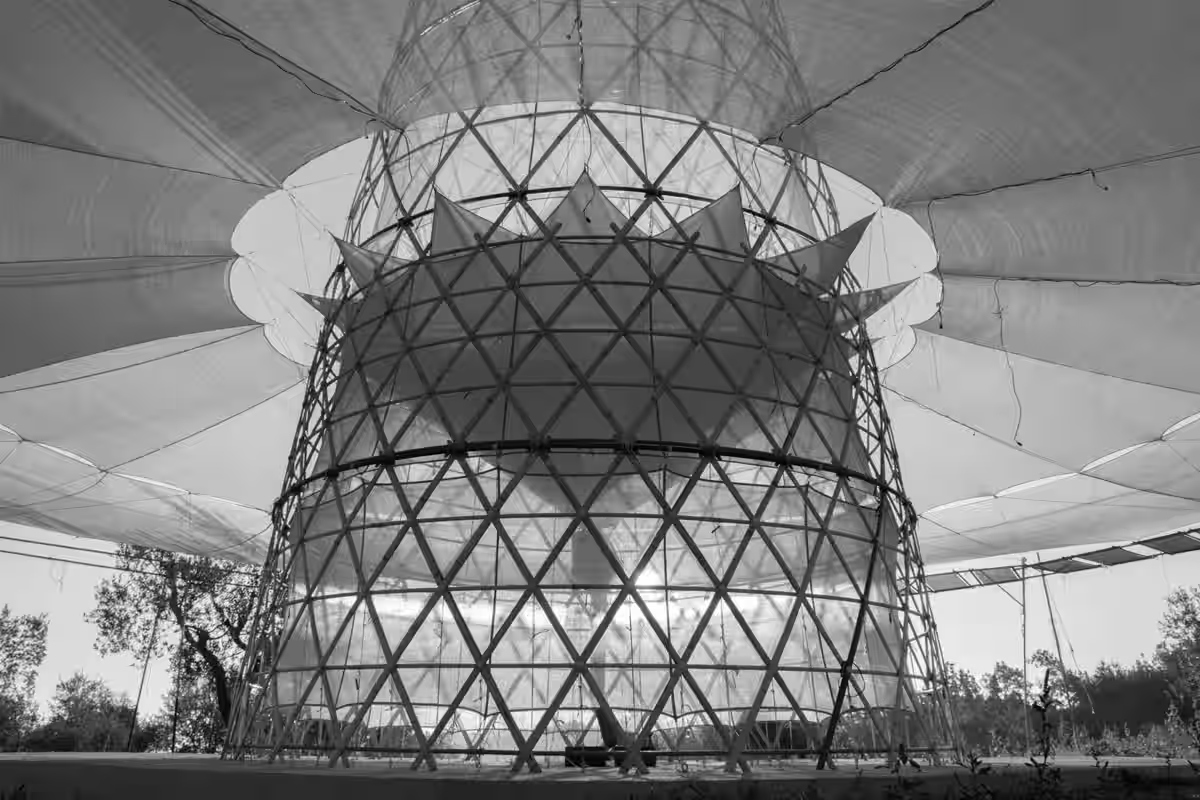
Water: Part 2 - Little water cycle
This article is part of a series of articles on the theme of water.
Steps
The small water cycle is an artificial cycle made by us (humans) to manage water in our own convinience. The key part a small water cycle are :
- Captation
- Cleaning
- Stockage
- Distribution
- Usage
- Collection
- Cleaning
- Releasing
Cycle
Let's take an an example, when you brush your teeth 🪥.
Water need to be taken from a natural source, this is the captation.
Then, we need to control the quality of the water, depending of the quality the water might need further cleaning.
After that, we need to distribute the water on the network (the pipes).
Then, we need might need to stock the water in a tank or a reservoir to be sure you get water to brush your teeth at the right time. Since we are not capting and distributing water continiously.
The next step is to use brush your teeth, you are using it.
Once used it goes through the sink, which is a different network of pipes than the potable water network, we are collecting the used water.
Finally we are releasing the water in the environment, so that others might capt it again for their own usage
Captation
The captation is the first step of the small water cycle, it is the process of taking water from a natural source, such as a river, lake, or aquifer. This water is then treated and distributed for human use. The captation can be done in different ways, such as:
- Surface water: Capturing water from rivers, lakes, or reservoirs.

Quality : Water quality is different depending on the source. Some decade ago you could drink the water from the local source by just boiling it (We all have a grandma story explaining how before they could drink the water from the well). Today most of surface water are polluted by unhealthy minerals or chemicals, so we need to clean it before using it.
Scaling : This strategy is easy to scale since, it just requires a local surface source and some energy to pump it and distribute.
Energy : Running pump to extract water is not energy comsumming.
The main challenge regarding the surface water, is the quality of the water
-
Groundwater: Extracting water from underground aquifers through wells or boreholes.

Quality : Groundwater is generally cleaner than surface water and might be directly drinkable, in rare cases be contaminated by pollutants or minerals.
Scaling : Easy to scale, you need to drill.
Energy : You need to drill, which is energy consuming, but it's only once, then it's only pumping.
-
Rainwater harvesting: Collecting rainwater from roofs or other surfaces for storage and use.

Quality : Rainwater shouldn't be drinked it lack minerals and might be polluted (Heavy metals, pesticides, etc..). When the rain drop it capts various pullutants. You shouldn't drink rainwater, even if not polluted it will lack heatlhy minerals found in ground/surface water
Scaling : Easy to scale, you just need storage.
Energy : Energy is required for the infrastructure (Roof, pipes, storage).Their is no cost of energy to capt rainwater.
-
Desalination: Converting saltwater from oceans or seas into freshwater through various processes.

Quality : Desalinated water, will be extreamly clean, because it goes through a process of filtration to remove the salt and other impurities. However, it will lack minerals found in natural water sources, which are essential for human health you need to remineralized back.
Scaling : Really hard to scale, you need to build huge factories. It's a really high end solution for water scarcity.
Energy : You need energy to build the infrastructure, and you need lots of energy to run the desalination factory, in fact the process needs water with high presure in order to pass the water through osmotic membranes which let pass only the water molecules (H2O).
-
Atmospheric water generation: Extracting moisture from the air using condensation or other methods.

Quality : Relatively clean, needs remineralization.
Scaling : Their is various method, you can extract water passively or actively (see sources) but all theses methods will not produce a lot of water from ~10-10000l per day per unit.
Energy : Depending of the solution you might not need a lot of energy in order to build the solution, if the solution is active, the process requires lot of energy.
Cleaning
Work in progress
Schema
Work in progress
Sources
Following desalination, water’s mineral level becomes very low. It must therefore be remineralized in order to reincorporate the elements that make it drinkable and non-corrosive. Adding lime or limestone along with an acid is an essential step in remineralization.
Water production rates are highly dependent upon the air temperature and the amount of water vapor (i.e., humidity) in the air. The most commonly used AWG systems employ condenser and cooling coil technology to pull moisture from the air in the same way a household dehumidifier does.
